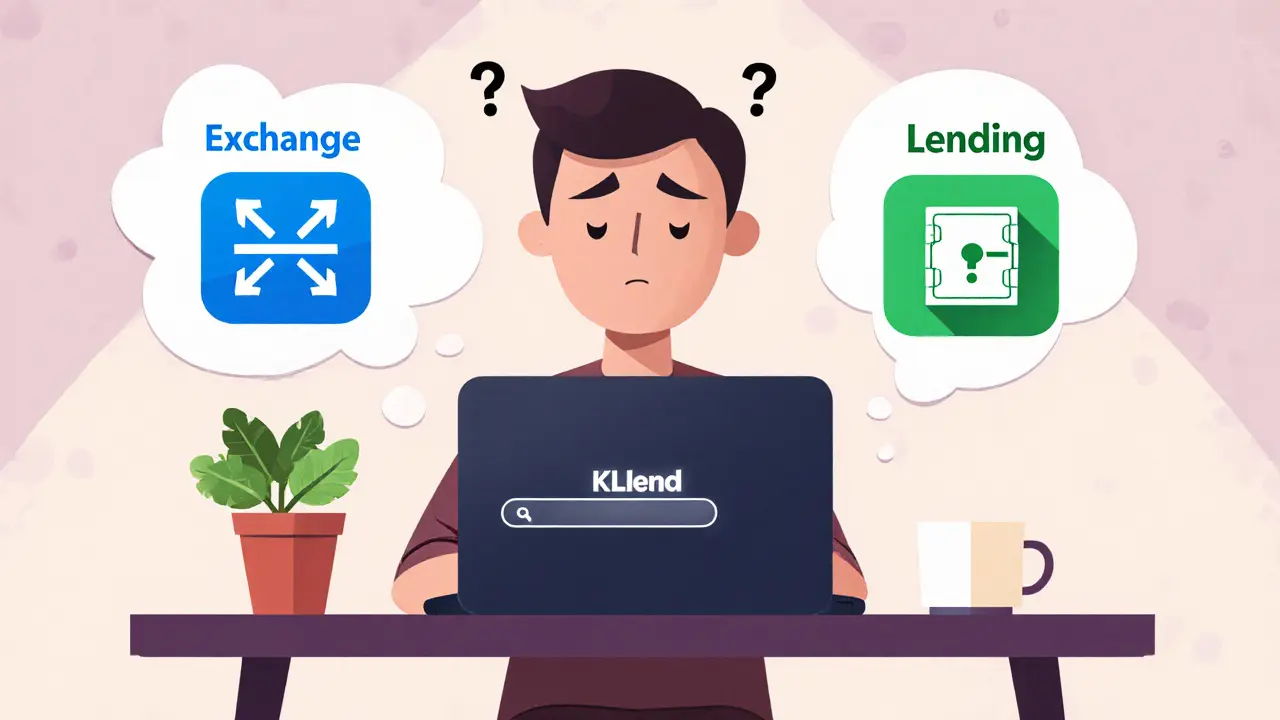KLend Protocol: Klaytn‑Based DeFi Lending Explained
When working with KLend Protocol, a Klaytn‑native lending platform that lets users deposit assets to earn interest or borrow against collateral. Also known as KLend, it integrates directly with the Klaytn blockchain, a public, enterprise‑grade network optimized for high‑throughput DeFi applications, utilizes smart contracts, self‑executing code that enforces loan terms without intermediaries, and relies on liquidity pools, collections of user‑funded assets that supply the capital needed for borrowing and earning. The protocol’s design mirrors classic DeFi lending, open‑finance services where anyone can lend or borrow crypto assets while adding Klaytn‑specific features like low gas fees and fast finality.
Why KLend Matters in the Modern Crypto Landscape
At its core, KLend protocol tackles three big problems: capital inefficiency, high transaction costs, and trust gaps. By pooling user deposits, the platform creates deep liquidity that reduces borrowing rates and improves yield for lenders. Smart contracts automate collateral checks, liquidation triggers, and interest calculations, eliminating the need for a central authority. This automation also opens the door to advanced tools such as flash loans—instant, uncollateralized loans that must be repaid within a single transaction. While flash loans carry risk, they enable arbitrage, debt refinancing, and sophisticated DeFi strategies for power users without exposing the entire pool to undue danger.
Another advantage is the protocol’s alignment with sustainability trends. Klaytn’s consensus mechanism uses far less energy than Proof‑of‑Work chains, and KLend developers are exploring carbon‑neutral incentives, like rewarding borrowers who stake tokens that fund on‑chain carbon offsets. This approach resonates with projects highlighted in recent BCRC‑SEA articles on green blockchain solutions and decentralized identity, showing that KLend is not just a financial tool but part of a wider movement toward responsible crypto infrastructure.
Risk management is baked into every layer. Collateral ratios are set conservatively, and liquidation bots monitor market volatility 24/7. Users can also diversify exposure by participating in multiple liquidity pools—each pool may support different assets, from stablecoins to KLAY‑wrapped tokens—so a single market shock won’t cripple the whole system. The protocol’s open‑source nature means developers can audit code, propose upgrades, and integrate new features like yield‑optimizing strategies that were discussed in the BCRC‑SEA guide on top flash loan providers.
From a user perspective, getting started is straightforward. After connecting a Klaytn‑compatible wallet, you can deposit supported assets, see real‑time APY calculations, and borrow against your holdings with a few clicks. The interface pulls data from on‑chain analytics, giving you visibility into pool health, utilization rates, and historical performance—information that mirrors the metrics used in the MVRV ratio analysis article. Whether you’re a beginner seeking passive income or a seasoned trader looking to leverage flash loans, KLend offers a flexible sandbox for experimenting with DeFi concepts.
Regulatory awareness is also part of the KLend playbook. Southeast Asian markets, especially Singapore and Malaysia, have issued guidance on lending platforms, and KLend’s compliance team keeps tabs on evolving rules, ensuring that the protocol can adapt without disrupting user experience. This proactive stance mirrors BCRC‑SEA’s coverage of crypto adoption trends in India and other regions, underscoring that a global perspective is essential for any DeFi project aiming for longevity.
Below you’ll find a curated collection of articles that dive deeper into each of these facets—flash loan mechanics, sustainable blockchain practices, Klaytn network updates, and practical how‑to guides. Together they paint a comprehensive picture of how KLend fits into the broader DeFi ecosystem and why it’s gaining traction among crypto enthusiasts across Southeast Asia.

